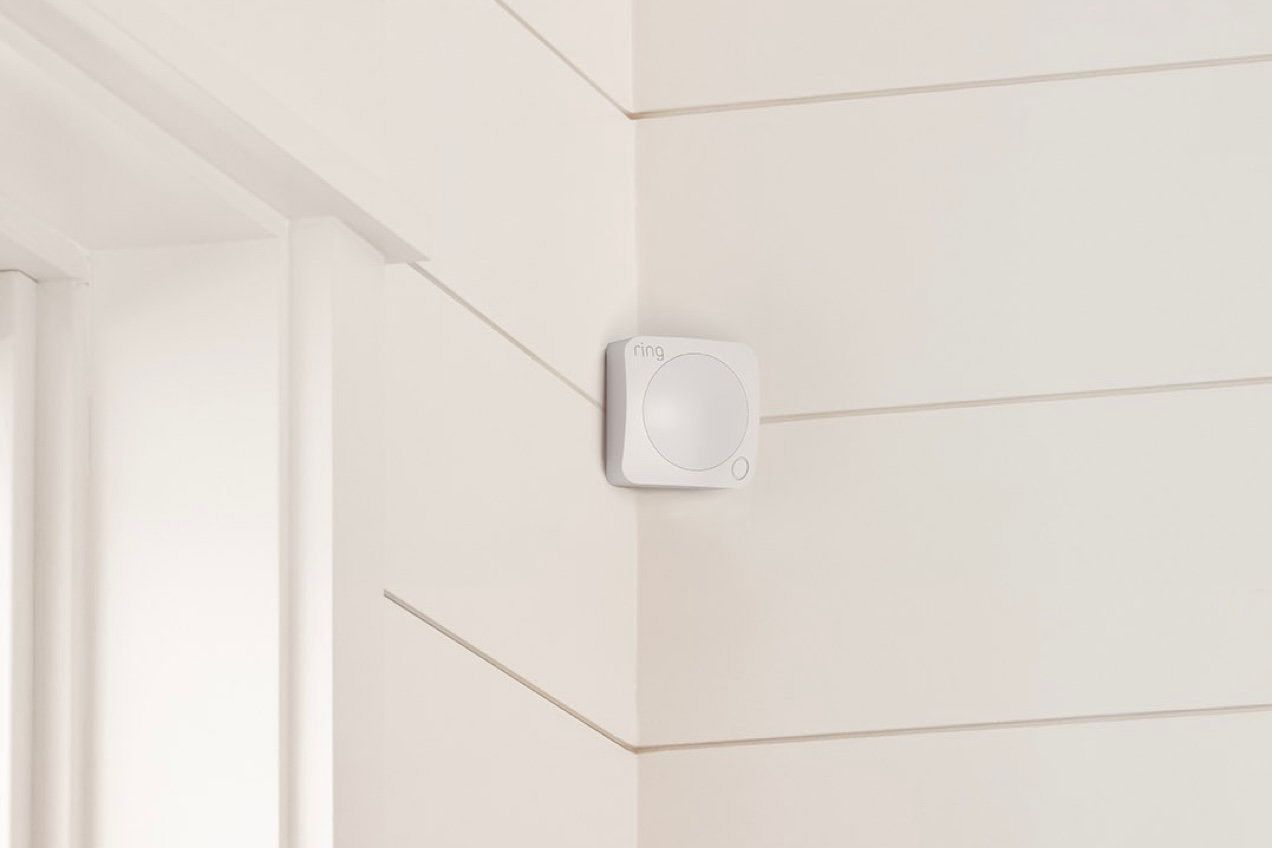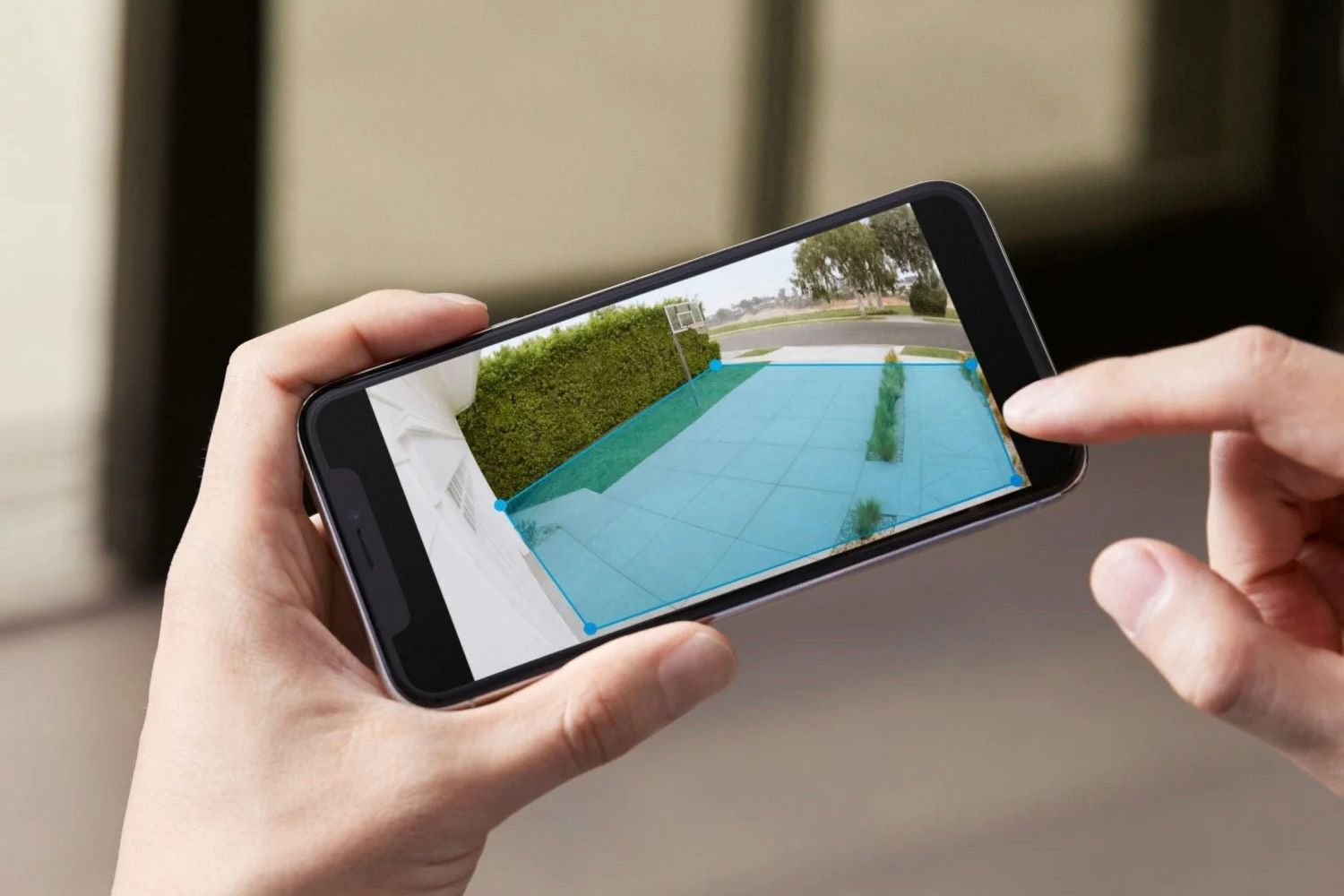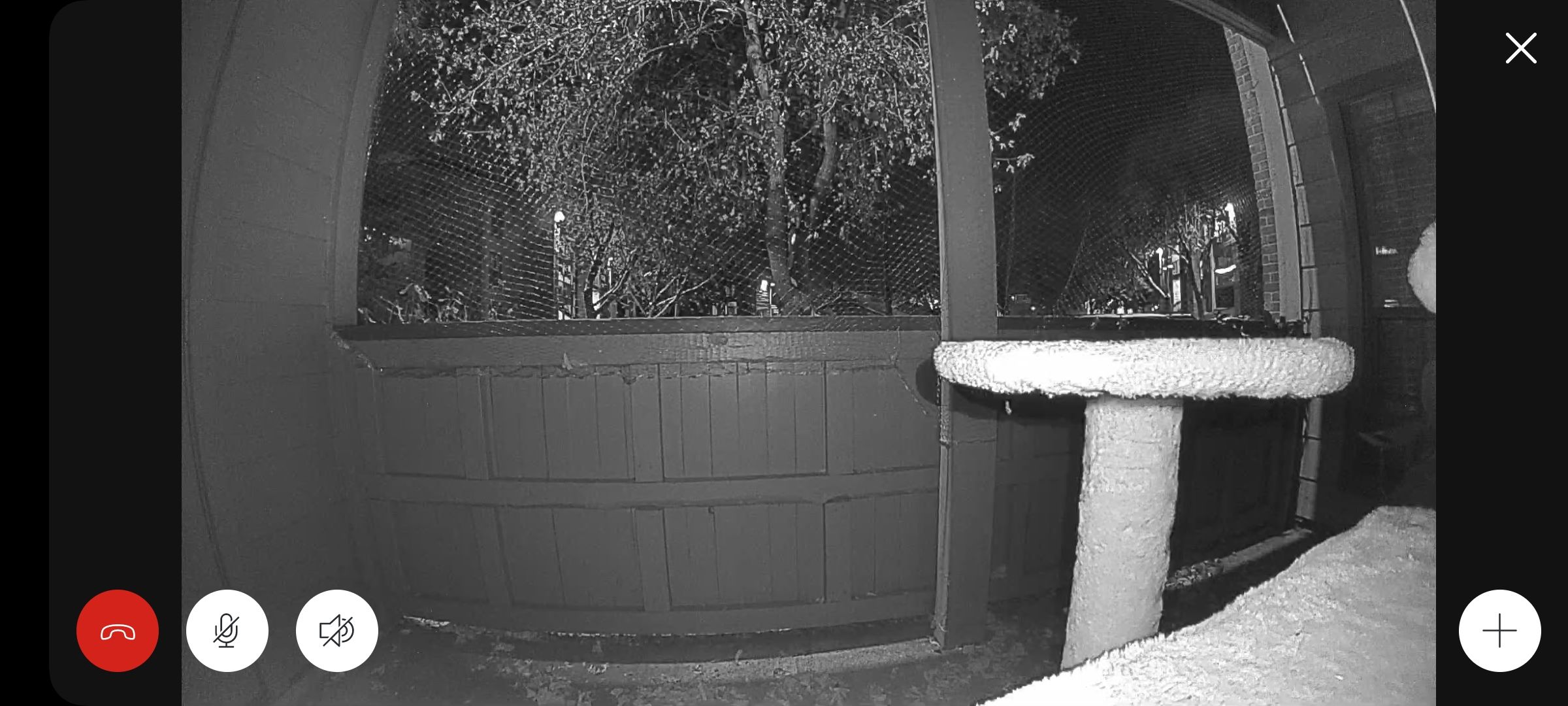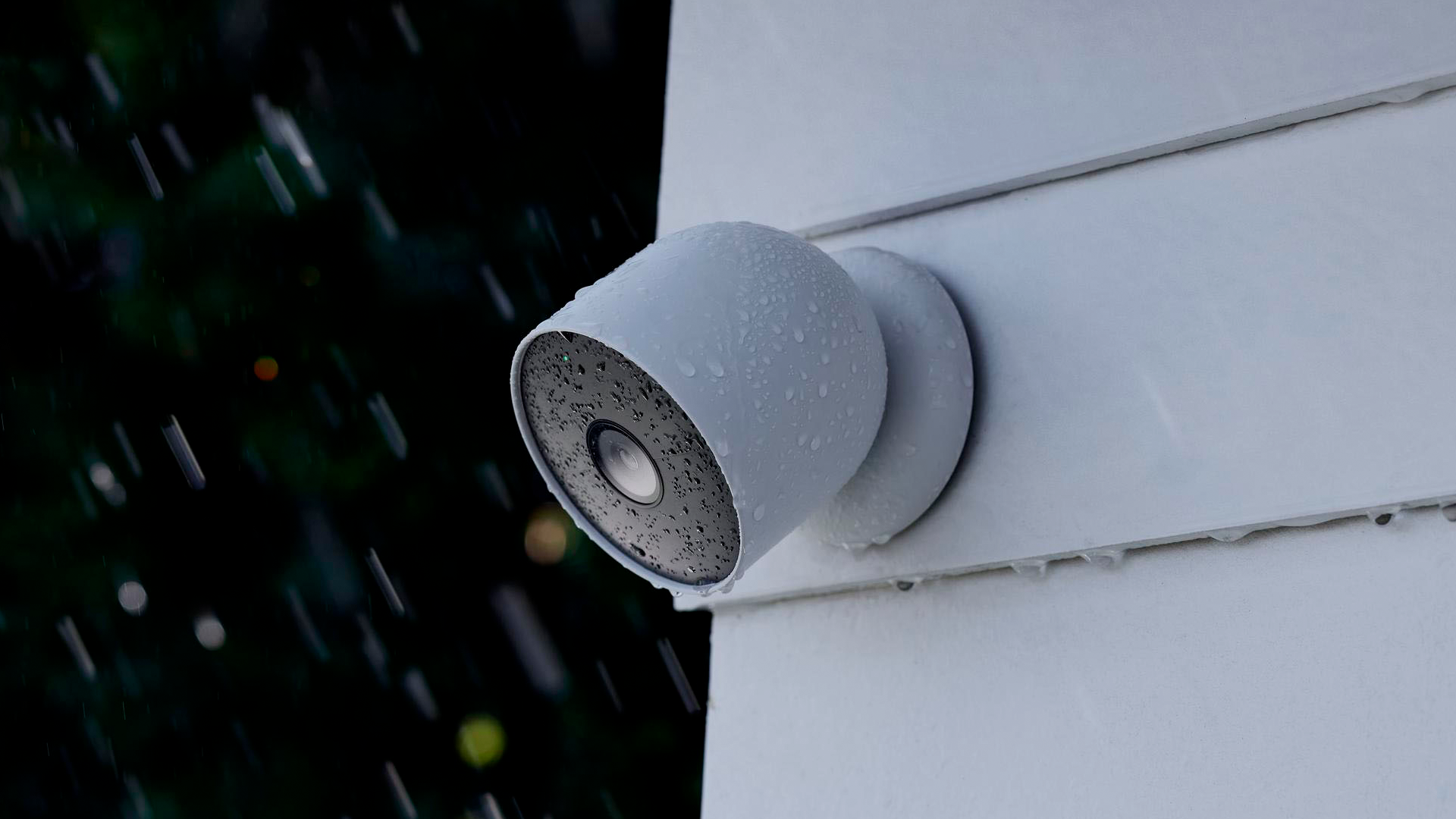Buying a security camera can be a daunting endeavor, especially when you have to start learning a bunch of new terms and acronyms. Fortunately, though, there exists some common ground from one manufacturer to the next, which allowed us to create this list of the top security camera terms and phrases.
What Is Motion Detection?
In the context of cameras, motion detection refers to a camera’s motion-sensitive field of view (FOV). When a moving subject—be it a person, animal, or vehicle—crosses an armed camera’s FOV, the camera should send a notification to your phone, tablet, computer, or smart display. In most cases, the camera will also take a recording of the subject on the premises. This latter capability is particularly great for conserving your camera’s battery life, as the cam hangs out in low-power standby mode until motion is detected.
Dedicated motion sensors operate similarly, but instead of capturing footage, these devices are equipped to alert you (and the rest of a whole-home security system) when motion is detected.
Motion detectors are often built into outdoor floodlights, too, which is great for dark driveways that need an extra blast of illumination when you arrive home from the office. And if you’re running a smart home ecosystem (like Alexa or Google Home), you’ll also be able to use motion detection as a trigger for certain automations.
What Is an Activity or Motion Zone?
When you’re using a security camera with motion detection, there’s a good chance the camera’s companion app will allow you to create activity zones. This is an area of your camera’s field of view that you’ll highlight and partition, in which motion events are registered. Any motion that occurs outside this area will not ping you with notifications or trigger event recordings.
This feature is particularly useful for properties where a busy street or daily mail carrier is quick to set off motion notifications and recordings. Conveniently, some activity zones will also let you choose what type of activity is registered within the boundary. For example, you may want to have person detection enabled at all times, with vehicle detection disabled because of your proximity to a main thoroughfare.
What Is a Privacy Zone?
If your security camera allows you to create activity zones, I’m willing to bet it will let you create privacy zones too. Often built upon a similar or identical highlight-and-partition grid as activity zones, privacy zones are areas in your camera’s field of view that will not appear in recordings, or when viewing real-time footage.
Let’s say your across-the-street neighbor’s front door is always in view of your video doorbell. By creating a privacy zone around his property, you won’t be able to see the front part of your neighbor’s home.
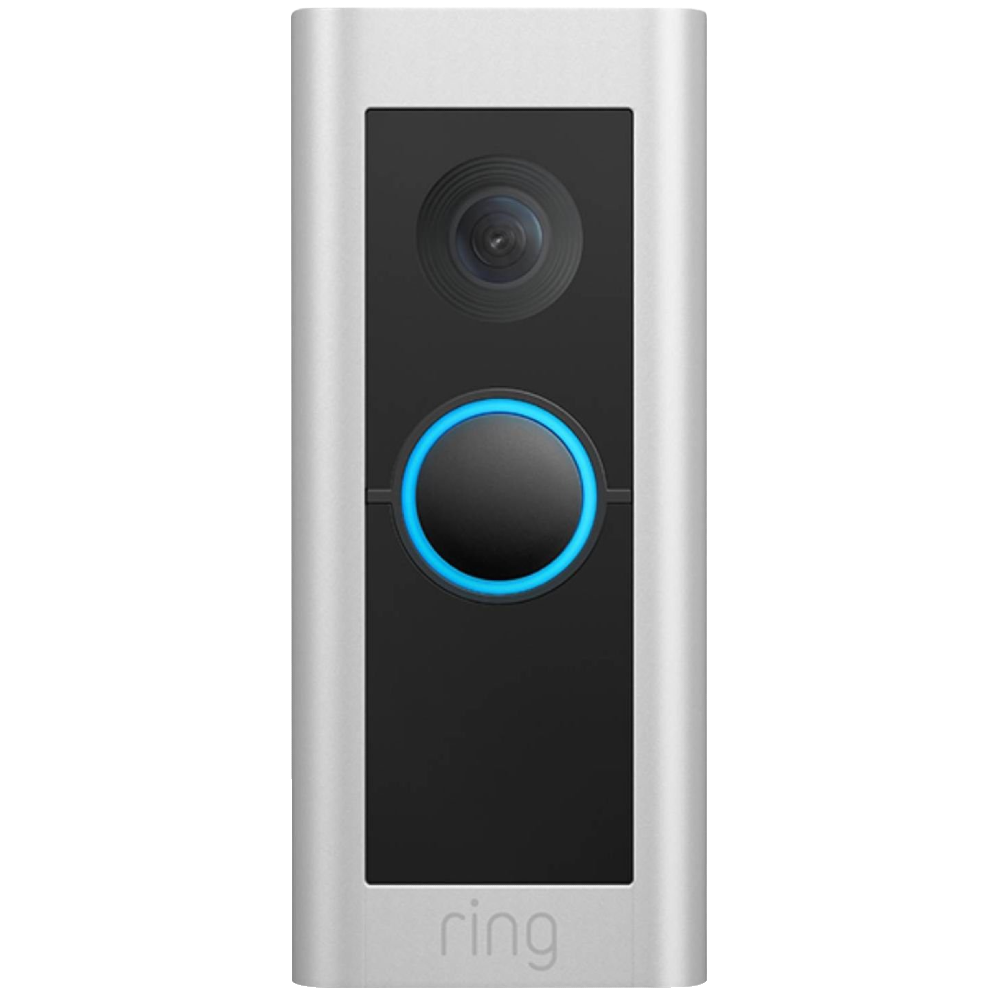
Ring Video Doorbell Pro 2
This HD video doorbell detects who is at your door and lets you see them in HD head-to-toe video, no matter if it is daytime or nighttime. Plus, it has built-in Alexa Greetings.
What Is Advanced Pre-Roll?
You’ll likely come across this term when looking at Ring security cameras and video doorbells. Both Pre-Roll and Advanced Pre-Roll refers to a camera’s ability to capture and attach additional footage to a motion-triggered recording.
This is especially handy for piecing together the four or five seconds before an event takes place. Imagine receiving a notification that motion has been detected. With Advanced Pre-Roll enabled, not only will you see the porch pirate actually taking your parcel, but you’ll also be able to see what direction he or she emerged from initially.
The main difference between Advanced Pre-Roll and regular Pre-Roll is the duration of time that the pre-event recording takes up. Pre-Roll cameras will capture up to four seconds of pre-motion footage, available on several of Ring’s battery-powered cameras and video doorbells. Advanced Pre-Roll captures up to six seconds of footage, available on most of Ring’s wired cameras and doorbells.
Advanced Pre-Roll cameras are also able to record in HD with sound, full color, and optimized lighting. Most Pre-Roll models only offer black-and-white recording in lower-res and without audio.
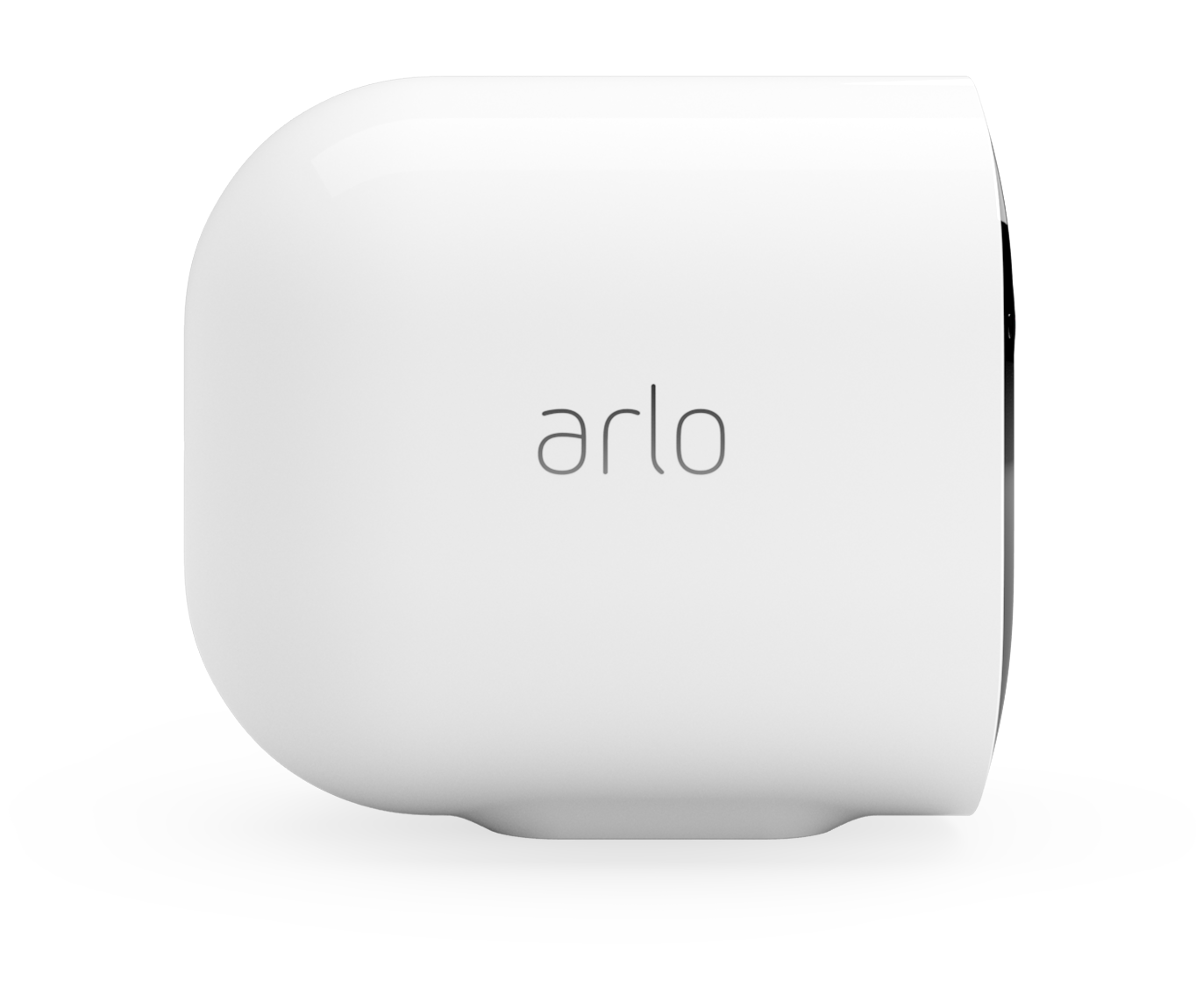
Arlo Pro 4 Spotlight Camera
$140 $200 Save $60
Sleek, minimalistic, and with a powerful 2K camera, the Arlo Pro 4 Spotlight Camera is an excellent security camera regardless of where you place it.
What Are Rich Notifications?
In the world of smart security, Rich Notifications refers to a branded Ring feature which is available to Ring Protect subscribers. But rich notifications are actually a bit more meta than that, and relate to any device’s capability to receive push notifications with media attached. This is normally in the form of pictures and video, which is exactly what Ring’s branded Rich Notifications do.
Here’s how it works: Let’s say you’re a Ring Protect subscriber with a Ring Video Doorbell 4 mounted outside your front door. During a work meeting, your phone vibrates. You take it out of your pocket, only to see a Ring notification on your lock screen, with a thumbnail image of your uncle standing at your front door. The picture of your uncle is the Rich Notification.
Rich Notifications can help give you an idea of whether the motion your camera has detected is an emergency or not. And while an out-of-the-blue uncle visit may be a bit unusual, an appearance of a family member is usually not cause for alarm. Now if the Rich Notification showed an image of a clown stealing your Amazon deliveries, it might be time to step out of your work meeting to phone the police.
What Is Infrared?
Sarah Chaney / How-To Geek
When we’re talking about security cameras, the term “infrared” can get tossed around quite a bit. In most instances, this is simply an indication of how your camera captures nighttime footage.
Cameras with infrared night vision recording use built-in infrared LED lights to light up whatever environment they’re aimed at. Even though humans can’t see infrared light, the camera’s sensor is able to use this infrared info to deliver a black-and-white image of the viewing space. So, if you’re looking at a cam that says “B&W” for night vision, this means the cam uses infrared lighting.
Nowadays, though, we’re seeing more and more devices equipped with colorized night vision capabilities. These cameras are equipped with stronger image sensors that will harness every last bit of environmental lighting (including moon and stars) to deliver fully-colorized live footage and event recordings of your property.
What Is Local Storage?
Plain and simple, local storage refers to the fact that the camera or other surveillance product in question has either an SD or microSD card slot, or a USB port for off-loading media onto an external storage device. Whether that’s an SD card, USB flash drive, or an external HDD is going to depend on what gear you’re using.
While a majority of web-connected security cameras will offer some type of cloud-based storage for event recordings, you’ll probably run into devices with local storage capabilities as well. In fact, some products only offer local storage for recordings.
In the case of SD cards, security devices will typically have a limit on how many gigabytes a card can support. 128GB and 256GB are pretty common caps, with the occasional 512GB or higher cropping up once in a while.
When all the available card storage is depleted, your camera should notify you that it has stopped backing up recordings. At this point, you’ll need to either insert a new SD card or remove some of the recordings from the one you’re already using. There’s also a feature called “loop recording” that’s being incorporated into more and more devices, which allows a camera or video doorbell to automatically record over existing footage on an SD card once the storage cap is reached.
What Is HDR?
HDR is a term that’s been getting plenty of consumer-tech limelight over the last decade or so. This abbreviation stands for High Dynamic Range, which refers to a camera or display’s ability to capture enhanced colors, contrast, and peak brightness levels. It’s almost harder to find web-connected cameras without HDR capabilities these days, because as engineering specs like resolution, processor power, and Wi-Fi capabilities continue to improve, HDR becomes easier to integrate.
HDR is especially good at filling in picture detail where it normally may be lost due to shadows or other obstructions. When an intruder is on the prowl, details like license plate numbers, car and clothing colors, and facial features become all the more integral for authorities. And thanks to HDR, it’s getting easier to crack down on porch pirates and other evildoers.
Many HDR cameras will give users the ability to enable or disable this feature, which can go a long way toward saving battery life.
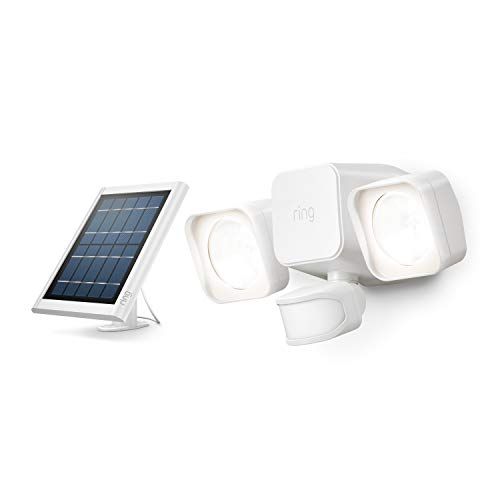
Ring Smart Lighting Solar Floodlight
The Ring floodlight is a solid outdoor solar light. It offers 1,200 lumens of brightness, smart features, and IP66 dust and water resistance.
What Is Two-Way Talk?
Two-way talk, two-way chat, and two-way audio are all different names for the same feature, which is the ability to talk to someone hanging out in front of your video doorbell.
Often represented by microphone icons in camera companion apps, two-way talk activates far-field mics that are built into your home monitoring devices. This is what allows your courier or guest to speak to you. As for your own dialogue, your phone, earbuds, smart speaker, or smart display will utilize whatever microphone they have to let you communicate.
When you’re using two-way audio features, it’s also pretty common for companion apps to give you the option of muting your own mics, and/or the mics that your surveillance product uses.
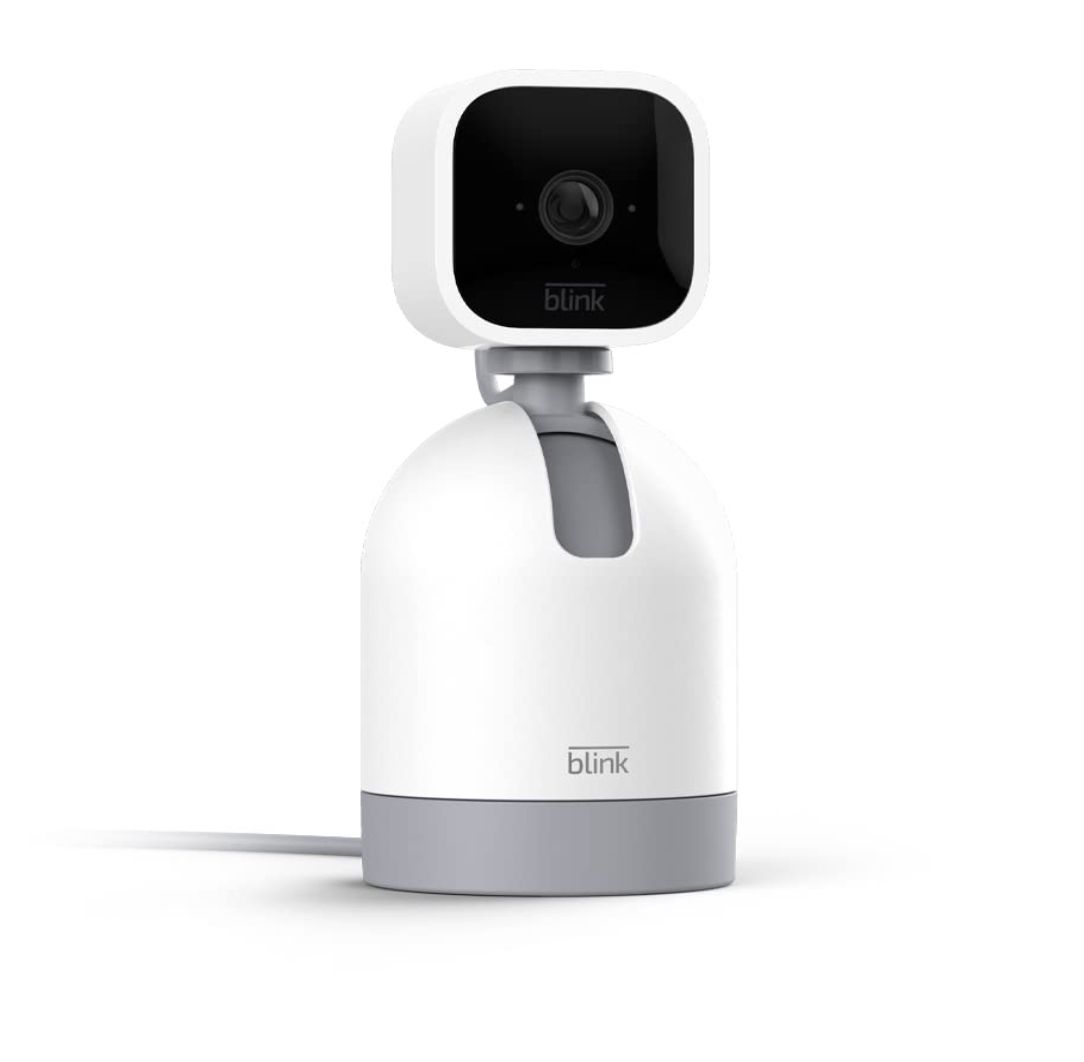
Blink Mini Pan and Tilt Camera
$40 $60 Save $20
The Blink Mini indoor security camera is a great way to keep tabs on things inside your home. Plus, being able to pan or tilt means you’ll never have a hard time checking up on the kiddos or pups.
What Is an IP Rating?
If you’ve ever shopped for a security camera, video doorbell, or outdoor floodlight, chances are you’ve run into the phrase “IP rating” before. This is what is known as an ingress protection rating, which normally looks something like this: IP68. The first digit represents the device’s protection against dirt, dust, and other “solid” debris, while the second digit refers to the product’s water protection capabilities.
Measured on a scale between 0 and 6 for solids (with 0 meaning no protection and 6 being the highest form of defense) and 0 to 9 for liquids, an IP rating is a crucial consideration for outdoor surveillance products. At times, you’ll also see IP ratings with an X taking the place of the first or second digit. This means the product hasn’t been tested for that category, so it’s safest to treat it as though it has no protection against it.
While many outdoor devices can be installed below awnings and other types of coverings, this top-down cover doesn’t necessarily protect your cameras and floodlights from wind-driven rain and lawnmower detritus. This is why it’s good to know just how tough the device you’re thinking about purchasing is.
This isn’t to say that hardware with lower IP ratings isn’t worthwhile. In fact, most video doorbells won’t go above an IP65 rating. But a good rule of thumb is definitely “the higher the numbers, the tougher the hardware.” Annoyingly, there are also some manufacturers that won’t provide an official IP rating at all. If you’re shopping around for a Ring camera or doorbell, you’ll be hard-pressed to find any solid or liquid stats, other than some generic “weather-proofing” phrasing.
source
